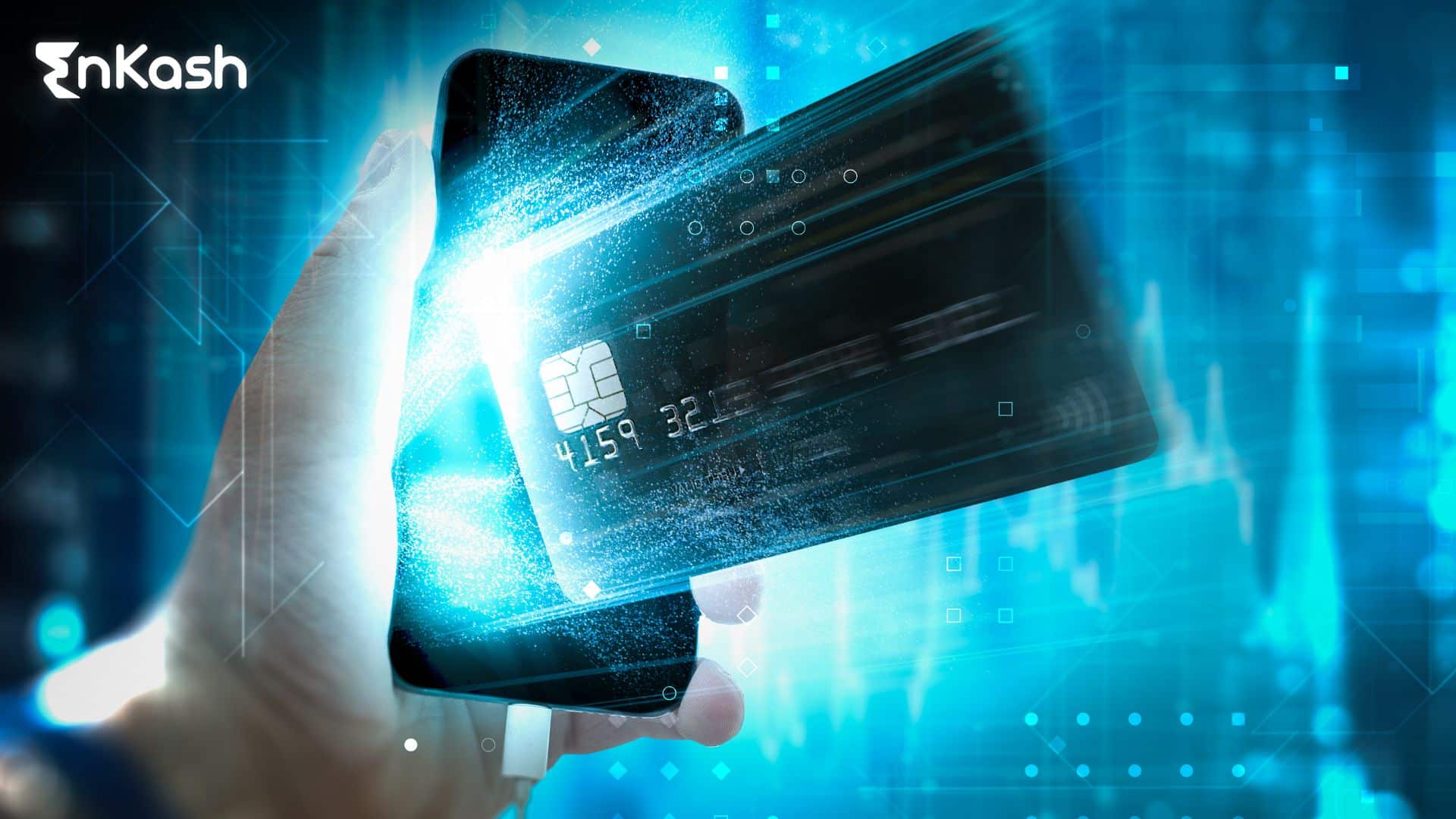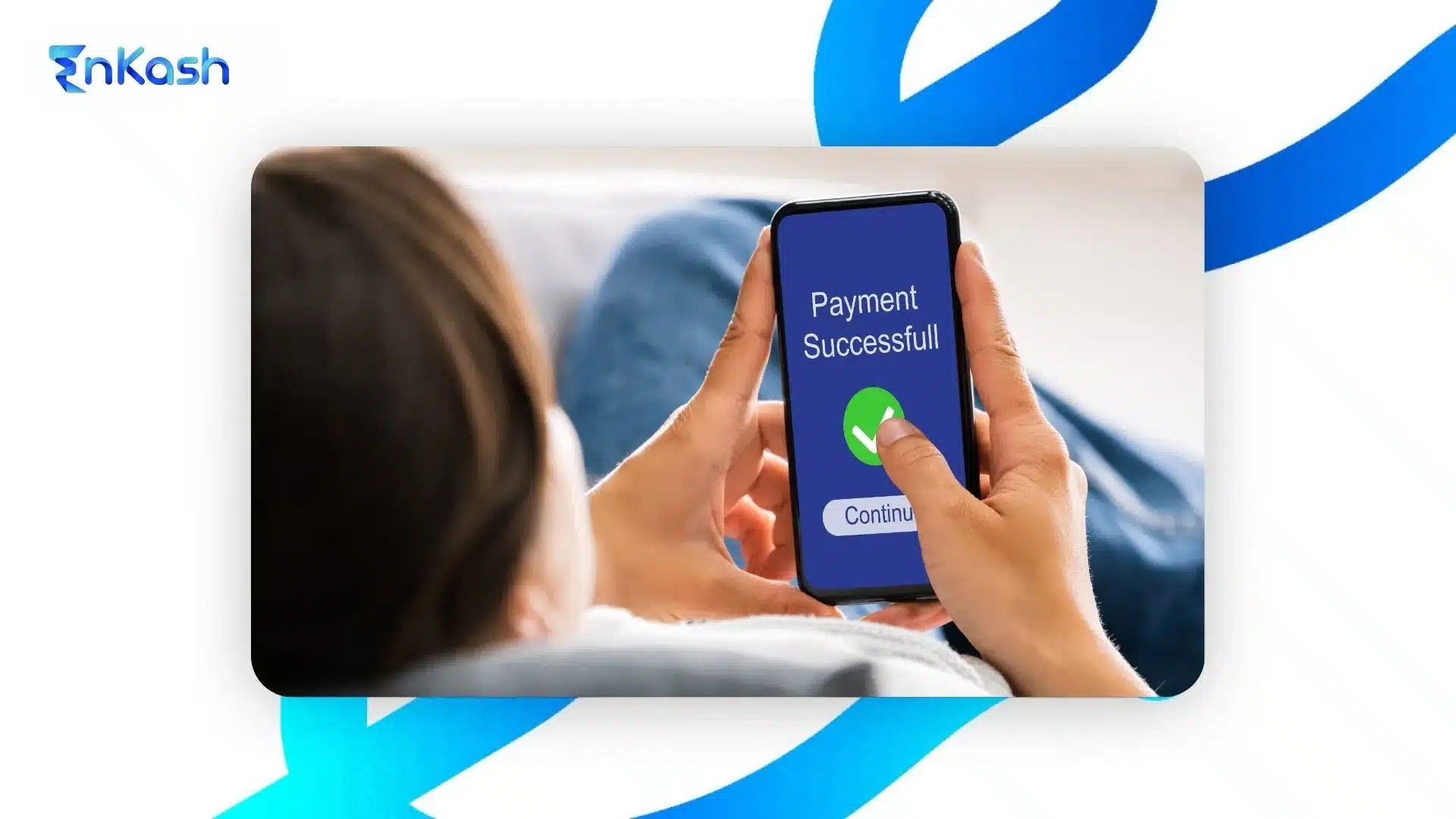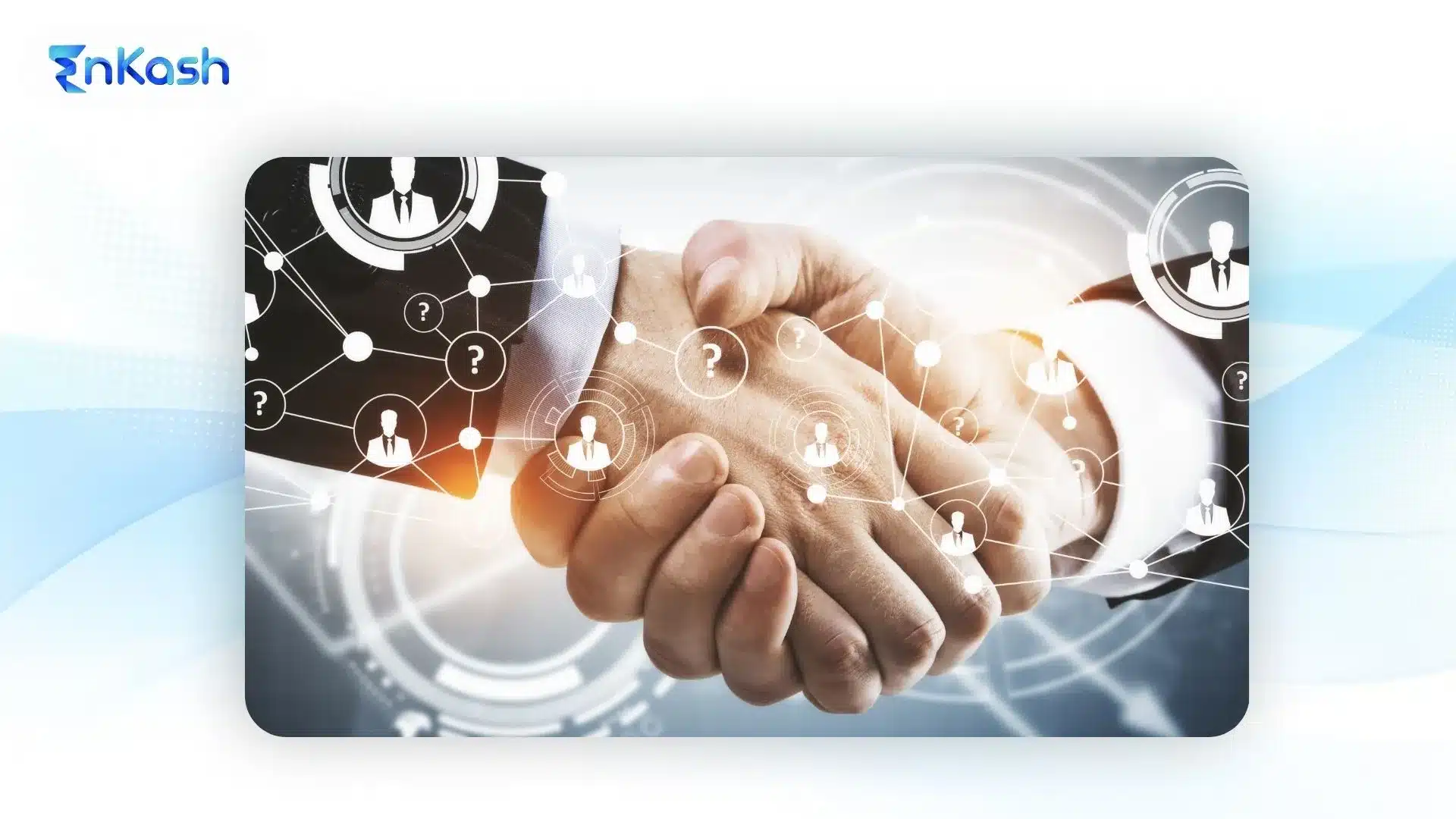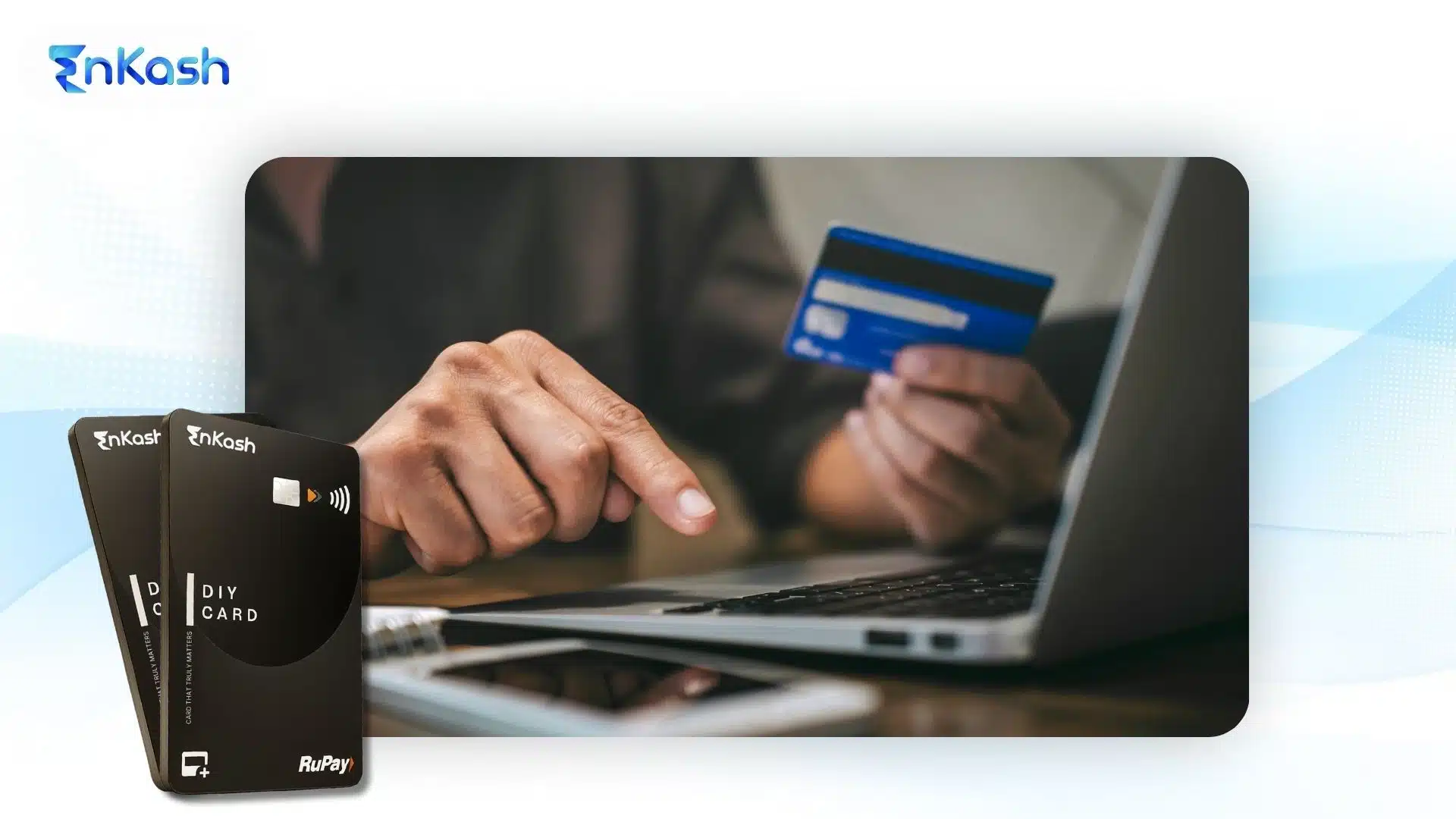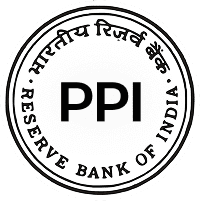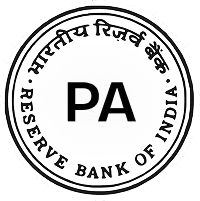Introduction
In today’s fast-paced world, digital payment solutions are a vital part of life. From online grocery shopping to bill payments, these technologies open up avenues of convenience well as speed and security-for the users. But what do digital payment systems mean, and how are they changing payment methods? This blog will help you understand all about digital payments, their evolution, and their impact-primarily in India.
Moving From Cash to Digital
The world is rapidly transitioning from cash payment to digital payment. This transformation is happening in everyday life: how people buy, how they sell, and how they manage money. Here are those reasons why digital payments have gained so much popularity and just what makes them convenient:
No More Carrying Cash:
Digital payments eliminate the burden of carrying bulky, unsafe cash.. Instead, money can be digitally stored in phones or cards, rendering it user-friendly to carry out transactions.
Speedy Transactions:
Using your phone or card for payments has already sped up transactions. There is no way to lag for change anymore; payments happen within seconds.
Contactless Convenience:
Contactless card payments and QR code scans let people pay without much contact with machines or the exchange of cash. This is particularly useful in grocery stores, cafes, and public transport.
Mobile Wallets Take Off:
With apps like Paytm, Google Pay, and PhonePe, users can load funds and easily pay merchants or transfer money. These apps also allow paying bills or recharging mobile phones with a bare few taps.
The Adoption Skyrockets During COVID-19:
There was a great push towards contactless payments to avoid even the slightest physical contact and curb the possibility of virus transmission during the pandemic. Consumers’ and businesses’ hygiene concerns precipitated a faster adoption of digital payments.
Business Acceptance:
However, today, even the corner shops, street vendors, and large retailers will accept digital payments. This acceptance all over makes the usage of digital methods by a consumer anywhere and anytime.
Financial Inclusion:
Digital payment acts as a branch for those who don’t have branch access, chiefly in rural areas. People can send and receive money, pay for a service, and manage finances through mobile phones.
Record Keeping and Budgeting:
All digital transactions are electronically recorded and can thus be tracked easily for expenditures and budgets by the user. Unlike cash, which is sometimes hard to account for, digital payments provide immediate receipts and transaction history.
Security Benefits:
Having less cash on you means there’s less chance of theft or loss. Digital payments offer a bit more security when done via secure channels, including encryption and verification methods.
Different Ways of Paying Digitally
Today, there are numerous types of digital payment systems, each aimed at making the movement of money to a payee quick and simple. Some of the more popular digital payment methods are:
Mobile Wallets:
These are apps that store money digitally and let users directly pay from their phones. In India, Paytm, Google Pay, and PhonePe are the most popular wallets. Users can load money onto these wallets from their bank accounts or cards and can instantly pay merchants for goods and services, either online or offline.
Debit and Credit Cards:
Cards are widely accepted as a mode of payment. Contactless card payments thus become faster and secure with the advent of NFC technology. Customers can tap their cards on POS terminals or enter card details to make online purchases..
QR Code Payments:
QR codes have become extremely popular for small-time merchants and street vendors. Customers scan the merchant’s QR code using their mobile wallet or UPI app and then enter the amount to pay. It is a quick method, requires no card swiping, and works even without card machines.
Internet Banking:
This is an online mode to access the account given by the bank for many different types of transactions, including transfers of funds, bill payments, investments, etc. It, therefore, encompasses a larger set of financial services that banks offer through secured online portals or mobile applications.
Prepaid Cards:
Prepaid cards are loaded with a fixed amount of money and can be used as if they were debit cards. They are often for budgeting or gifting and may be used for transactions either online or offline without necessarily being linked to any bank account.
Direct Carrier Billing:
Payment is processed for apps, games, or subscriptions through a phone bill. With this method, payments are directly charged to the correct phone account, making the service all the more convenient without a need for cards or bank accounts.
Bank Transfers and NEFT/RTGS:
While NEFT or RTGS-based bank transfers may not be instant, they are crucial for big-ticket or scheduled payments.
Depending on the situation, user preference, and technology availability, these digital payment modes offer a range of choices to the consumer. They all combine to form a payments ecosystem even more flexible and accessible for consumers and businesses across India.
Making the Process Behind Online Transactions
At face value, an online transaction is pretty straightforward for the user. A few clicks, and the payment is done. Behind the scenes, though, iis a complex, highly secure system referred to as payment processing, where money transfer is ensured from buyers to sellers without any hitch. Here’s how that happens:
Technology for Payment Processing:
Payment processing is the backbone that transfers funds from customer to merchant accounts. It makes sure that payments are authorized, verified, and concluded expeditiously.
Data Encryption:
When entering payment details on the internet, card information, UPI ID, or wallet credentials, this information can be sent through encrypted channels. This encryption scrambles data during transmission, preventing hackers from intercepting it.
Payment Gateway Role:
Payment gateways serve as the intermediaries between the buyer, merchant, and banks. As soon as you hit “pay,” the gateway sends the encrypted payment information to the buyer’s bank or payment processor for authorization.
Verification through Banks and Processors:
The issuing bank, that is to say, the customer’s bank, checks if the funds are sufficient and then verifies the transaction. Processors on their end check for fraud or unusual activities before allowing any payments.
Authentication Steps:
Usually, two-factor authentication (2FA) is done by a user to verify his/her identity. The user has the choice to receive an OTP on the phone, go for biometric verification, for example, fingerprint or face recognition, or simply enter a PIN. This additional layer of security is placed to reduce fraud risks and to ensure that the person initiating the transaction is authorized.
Authorization and Settlement:
After being approved, the transaction gets authorized. In that process, the payment amount gets reserved or deducted from a buyer’s account. Placing on hold is called pre-authorization, and within minutes or a few business days, the reserved amount is paid out, known as settlement.
Real-time Processing:
Digital payments generally operate on the concept of real-time or near-real-time transaction processing. This means that buyers get confirmed immediately from sellers, who can also ascertain that payment funds have been lodged.
Error Handling:
If, for any reason, the transaction faces an issue, such as a lack of sufficient funds or inaccurate details, it will be rejected immediately, accompanied by an error message notifying the user to either retry or use another source of payment.
Record Keeping:
All transactions are electronically logged and recorded. This becomes beneficial for the customers and merchants.
Keeping Your Payments Safe and Secure
With the increased availability of digital payments, the security of these transactions becomes paramount. Criminal hackers may alter data or simply commit fraudulent acts; hence, strong security measures must protect users. Here is how online payments are secured:
Encryption Technologies:
Secure payment processing solutions would use advanced cryptographic protocols such as SSL (Secure Socket Layer) or TLS (Transport Layer Security) to secure data. These protocols create a “secure tunnel” between your device and the payment server, preventing any possibility of intercepting the data.
Tokenization:
This replaces the sensitive payment information (credit card number, for instance) with a unique, random token. A token carries no meaningful value outside of the given transaction and, therefore, cannot be used fraudulently, even if intercepted.
Two-Factor Authentication (2FA):
Adding such verification steps greatly diminishes the risk of fraud. It may require you to enter a Time Password (OTP) sent via SMS or email, scan your fingerprint, or use face recognition before approving the payment.
Real-time Alerts:
Immediate notifications about transactions occurring are dispensed through a variety of banks and payment apps. Such alerts allow users to ensure the safety of their accounts on an ongoing basis and immediately detect unauthorised or suspicious transactions.
Artificial Intelligence (AI) and Machine Learning:
Modern payment systems employ AI to monitor transactions in real time. These technologies recognize patterns and highlight unusual or risky behaviors such as payments originating from an unknown device, a large amount, or many transactions in quick succession. Suspicious transactions will be automatically blocked or sent for further inspection.
Fraud Detection and Prevention Tools:
Payment gateways, along with banks, use advanced software to cross-check transactions against blacklists, verify IP address authenticity, and assign risk scores in order to reject fraudulent payments.
Secure Passwords with Biometrics:
Strong passwords combined with biometric verification build a robust defense. Many payment apps encourage users to enable fingerprint or Face ID login.
Regular Updates and Compliance:
A payment system activates constant updates in its security protocols to combat new cyber threats. Its main upkeep is the payment industry card data standards, or PCI DSS.
User Awareness:
Technology is an important factor, but human intervention is equally important. Users should never share their PIN, card, or sensitive information; use only official apps or web portals; and always be wary of phishing scams or suspicious links.
Why Digital Transactions Are Growing Fast
Digital transactions have gained rapid global popularity over the last decade. The change from cash to digital payments is happening at lightning speed in the whole world, especially India. Some key factors are responsible for this growth:
Unmatched Convenience:
Today, convenience has become an important parameter for the rise in digital transactions. Digital payments happen instantly, anytime and anywhere, and without having to carry physical cash. Whether paying for groceries, utility bills, or online shopping, payments in a digital mode hardly take seconds through a smartphone or some other device.
Smartphone and Internet Penetration:
The massive surge in the availability of cheap smartphones, along with rising internet access even in remote and rural areas, has brought millions of taxpayers within the ambit of digital payments. Internet connectivity allows users to make payments from their homes or while on the move through various payment methods such as apps, UPI, mobile wallets, or internet banking.
Benefits for Businesses:
Dispersing payments through digital modes is a fast way to increase the cash flow; hence, companies accept it rapidly. It further improves accounting by retaining digital records. Such ease saves time and reduces the chance of errors. These payments make the customer experience smoother by cutting down the possibility of robbery or loss.
Government Support:
Many governments worldwide, particularly India, promote digital payments as a means to increase transparency and reduce corruption. The initiatives for financial inclusion have made banking and digital payment services available to the underserved population. Generous subsidies, incentives, and policy nudges act in tandem to push upward digital payment adoption.
Attractive Rewards and Offers:
Such perks include cashbacks, discounts, or coupons from various digital payment platforms. Commissions to reward points mean that consumers prefer digital transactions over cash, making it a great choice for both the consumer and the merchant.
Contactless and Hygienic Choice:
After the emergence of the COVID-19 pandemic, one of the most crucial advantages that people favored about digital payments was the contactless and hygienic way of paying. Both consumers and businesses are now more inclined towards a touchless transaction to minimize physical contact, further driving volumes of digital payments.
Convenience, accessibility, government assistance, and attractive incentives make digital payments a fast-trending global phenomenon, transforming how exchanges of money happen between people and businesses.
The Impact of Technology on Payments in India
India is prominently ranked among the fastest-growing digital payment markets. Technology has been a major element in this transformation, largely owing to innovative platforms, governments and their policies, as well as the needs of the nation itself.
The Game Changers- UPI and BHIM:
The Unified Payment Interface is among India’s most successful innovations in digital payments. It allows for instant money transfer between bank accounts using just a mobile number or UPI ID. The BHIM app was developed and launched by the government to promote UPI usage with a simple and secure interface. Because UPI is easy to use and interoperable between banks and apps, it has become preferred among users.
Aadhaar-Enabled Payment Systems:
Aadhaar acts as the biometric ID system for India, which has simplified processes for digital payment users to be onboarded and verified. Aadhaar linking with bank accounts allowed for an easy, paperless Know Your Customer or KYC verification. This has enhanced the inclusivity of finance in the country, enabling millions in rural sectors to avail of digital banking and payments.
Digital Wallets and Apps:
Applications such as Paytm, PhonePe, Google Pay, and others are accepted across the nation-from metro cities to small towns. They store digital money, escrow wallet payments, making the payment processes swift and simple. Their user-friendly interfaces and settings for multiple languages cater to a wider Indian audience.
Government’s Digital India Initiative:
The Digital India campaign is about creating a digitally empowered society, thereby endorsing cashless transactions, enhancing internet infrastructure, and uplifting digital literacy levels. The government also assists traders in accepting digital payment terminals and POS machines.
Cooperation Between Banks and FinTechs:
The Indian banking sector works with fintech startups to develop new payment solutions and technologies. This results in continuous innovation, hence better security, speed, and user experience. Open banking and APIs enable seamless integration of multiple payment options.
Rural Penetration and Financial Inclusion:
Technology is bridging the rural-urban divide. Mobile connectivity, along with low-cost smartphones, has provided the much-needed access to digital payments to rural India. Further, several initiatives aimed at increasing banking penetration have been working in tandem to assist unbanked populations to join the digital economy.
Increasing Merchant Acceptance:
More and more SMEs and kirana stores are adopting digital modes of payment by accepting QR code payments, UPI payments, and wallet payments. Such wide acceptance promotes the ecosystem and encourages more consumers to go digital.
Technology has revolutionized payments in India, putting India on the world map for its digital financial services.
What the future holds for Payment Systems
With new technologies coming into being each day and penetrating the life rhythm, the future for payment systems seems exciting and full of new opportunities. Here is what the future might hold in the next few years:
AI and Real-Time Analytics:
Artificial Intelligence (AI) will play a major role in tailoring the payment experiences. AI-based systems will analyze user behavior, preferences, and spending habits to offer coordinated services or detect fraud faster and help speed up transactions. In return, real-time data analytics will be deployed by banks and payment providers to make better decisions and augment customer satisfaction.
Blockchain for Transparency and Security:
From a technological standpoint, blockchain tech is a decentralized tamper-proof ledger that works toward making transactions more transparent and secure. It can, thus, counteract fraud, lower transaction costs, and speed settlement times. Many financial institutions are exploring blockchain to transform payments and cross-border transfers.
Biometric and Voice Authentication:
Passwords and PINs will arguably soon cease to exist as biometric verification methods such as fingerprint scanning, facial recognition, and voice commands take center stage in authenticating payments. They are faster, more secure, and easier to use, further preventing unauthorized access.
Digital Currency and CBDC Revolution:
Government-issued CBDCs will potentially shake up the realm of money handling. They will provide safer, faster, and cheaper options for digital cash compared to traditional banks. They can be tools for financial inclusion and provide better ways to track the money flow.
Integration with Metaverse and IoT:
Payment systems will go beyond just phones and computers to include new-age technology such as the metaverse (virtual reality worlds) and IoT devices. This opportunity will bring forth payments tied to everyday objects, cars, wearables, or even virtual environments.
Payments through Wearables:
Making payments with wearables like smartwatches or fitness bands will be a seamless, contactless process. Just a tap with the wearable and pay; with such simplicity, these transactions make sense mainly for micro purchases and transit fares.
Increased Emphasis on Security and Privacy:
As technology keeps evolving, so shall payment security. Advanced cryptography and AI-based threat detection, alongside stricter regulations, will safeguard the users’ data and privacy.
Faster and More Inclusive Payment Ecosystems:
Interconnected payment systems will support multiple currencies and languages, along with several modes of payment. This will help bridge the gap created between disparate financial systems on a global scale.
The future indeed promises a faster, smarter, safer, and more user-friendly payment journey powered by state-of-the-art technology and innovation.
Conclusion
Digital payment solutions have truly modernized the approach to sending and receiving money and made transactions fast, secure, and accessible. Mobile wallets, UPI, and so many more advances are overtaking cash and brick-and-mortar banks. In India and around the globe, an exciting prospect awaits payments with innovations at its forefront, promising much convenience and security. Embracing digital payments can simplify lives while promoting financial inclusion and economic uplift.

